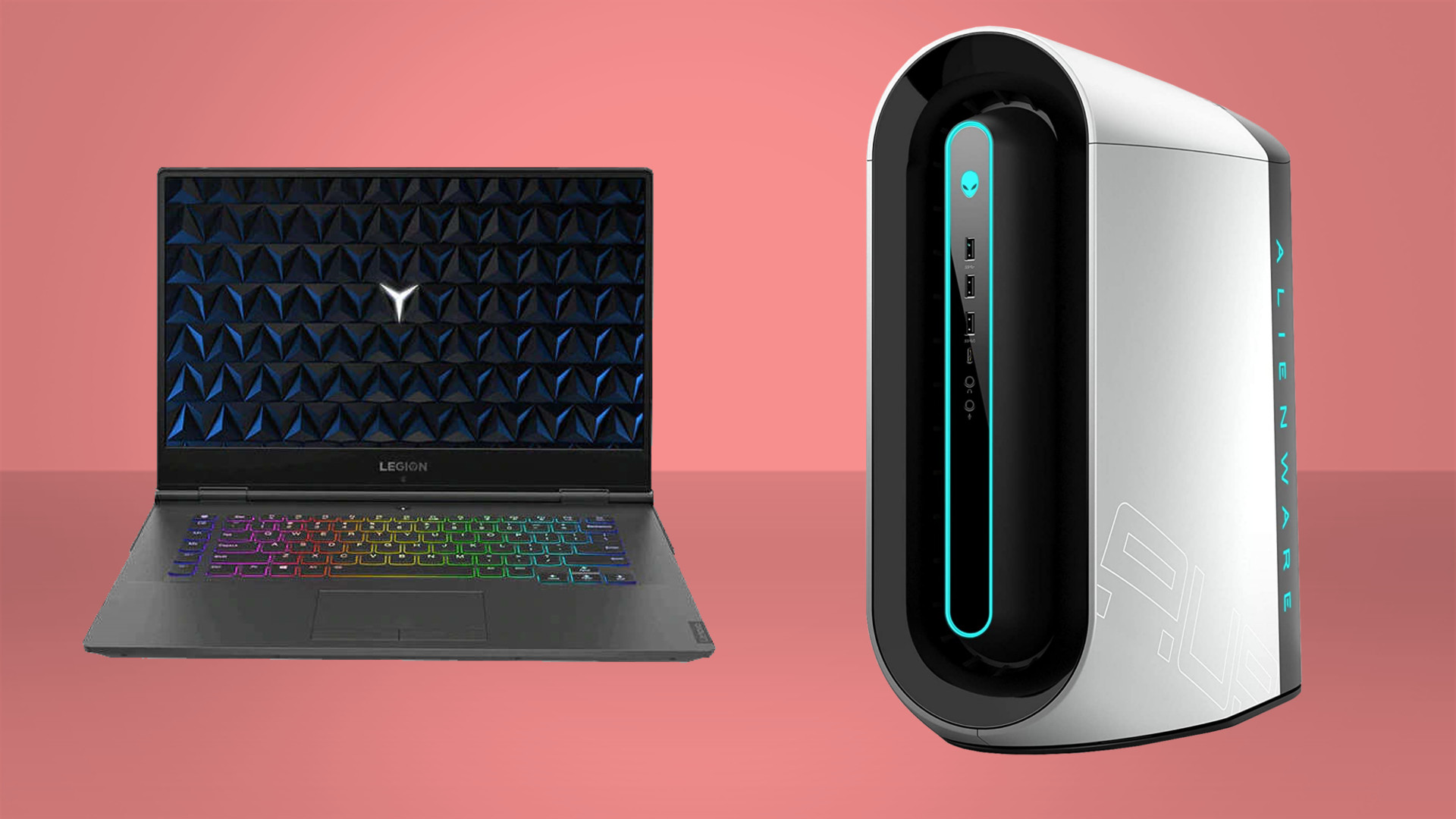Most detailed map of the Milky Way ever released
There's a galaxy's worth of data here.

The most detailed map of the Milky Way is still being built, but you can check out its current and most complete iteration yet. Gaia is a mission run by the European Space Agency to catalogue the massive database of stars that make up our galaxy.
Spotted by IFLScience, The ESA has released the third data drop from the Gaia mission, and it contains more than enough space data to help make any earthling feel much, much smaller.
The previous release of data was back in December 2020. It covered information on over 1.8 billion stars. This includes details like the position, movements, brightness, and colours of these stars. The 3rd info release which happened just yesterday, builds on this data much further.
Not only do we have the classifications of stars, but Gaia also provides even further data like the chemical components which can then be used to work out even further details. These details even let Gaia differentiate between stars not originally formed in the Milky Way, but were rather absorbed as the galaxy grew.

Best gaming PC: The top pre-built machines from the pros
Best gaming laptop: Perfect notebooks for mobile gaming
“Our galaxy is a beautiful melting pot of stars,” explains Dr Alejandra Recio-Blanco of the Observatoire de la Côte d’Azur in France, and member of the Gaia collaboration.
“This diversity is extremely important, because it tells us the story of our galaxy’s formation. It reveals the processes of migration within our galaxy and accretion from external galaxies. It also clearly shows that our Sun, and we, all belong to an ever-changing system, formed thanks to the assembly of stars and gas of different origins.”
The Gaia data looks almost like a picture of the Milky Way zoomed out, but is instead mapped out positions of the stars, planets, asteroids, and even dust in the system. It also can recognise and distinguish binary stars, of which it's observed around 813,000 in our galaxy. It's also seen way more planets than there'll be in Starfield. The information and sensors are even good enough to figure out the changes that have occurred within a star by checking for variations in brightness.
The biggest gaming news, reviews and hardware deals
Keep up to date with the most important stories and the best deals, as picked by the PC Gamer team.
Gaia is also picking up data it wasn't even designed for. Thanks to the power of these scans it has even detected and catalogued starquakes, which are motions on the surface of a star. Thousands of stars have had their starquakes observed, which can teach us even more about the burning balls of gas and their internal workings.
You can freely browse the Gaia missions data on the official website, but it is pretty daunting stuff. This is all dense data rather than pretty space images and it's incredibly in depth. While it can provide tonnes of information in the correct hands, other than marvelling at its existence it's all a bit beyond me. There are some tutorials to help, for the extra determined looking to unravel the mysteries of our galaxy.

Hope’s been writing about games for about a decade, starting out way back when on the Australian Nintendo fan site Vooks.net. Since then, she’s talked far too much about games and tech for publications such as Techlife, Byteside, IGN, and GameSpot. Of course there’s also here at PC Gamer, where she gets to indulge her inner hardware nerd with news and reviews. You can usually find Hope fawning over some art, tech, or likely a wonderful combination of them both and where relevant she’ll share them with you here. When she’s not writing about the amazing creations of others, she’s working on what she hopes will one day be her own. You can find her fictional chill out ambient far future sci-fi radio show/album/listening experience podcast right here. No, she’s not kidding.

